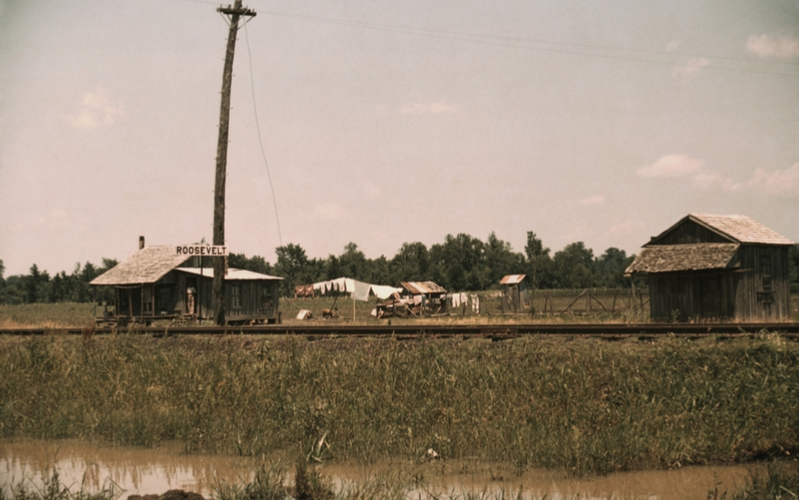The First New Deal Ruined Energy Innovation
About the only disappointing aspect of Burton Folsom’s New Deal or Raw Deal is that it doesn’t go far enough in its critique of FDR’s rural electrification program.
The Roosevelt Institute claims, in all seriousness, that “while 90% of urban dwellers had electricity by the 1930s, only 10% of rural dwellers did and roughly 9 out of 10 farms had none,” as if electrons magically stopped flowing in the presence of barnyard animals and corn cribs.
But farmers used electricity before Roosevelt took office; they just produced or procured it themselves instead of taking it off a federally subsidized grid.
Strangely, pundits on the left continue to laud FDR’s Rural Electrification Administration even though it increased demand for electricity created largely by “dirty” sources, especially coal, while squelching demand for electricity generated by local, often green, means.
To this day, South Dakota’s prairie remains dotted with the skeletons of farm windmills abandoned long ago thanks to the Rural Electrification Administration.
This is not to say that all electricity from the grid was dirty, as some of it came from hydroelectric plants, like those along the Missouri and Niagara rivers, nor that all locally generated electricity came from green sources, as some of it came from fossil fuel–powered generators and flatulent mules. But the point here isn’t to count kilowatts; it is to point out what the New Deal cost us in terms of green-energy innovation.
Although, since the New Deal, farms in the United States decreased in relative terms and absolute numbers, they still number in the millions. And although farmers are notoriously “cash poor,” only a small number are “dirt poor.”
Since World War II, in fact, their combined purchasing power has spurred amazing innovations in farm equipment, including giant factories on wheels that require only minimal human supervision as they plant, fertilize, and harvest prodigious quantities of the row crops that keep Americans, and many others around the world, fat and happy through direct consumption or indirectly as feed for sundry tasty critters like hogs and chickens.
Real Innovation
Before FDR subsidized rural electricity grids, the farm-equipment industry was already innovating in battery, windmill, and hydroelectric technologies. Farmers met their electricity needs as inexpensively as they could. Conservation topped the list, but, to listen to Father Coughlin or Bing Crosby on the radio, a large battery, charged weekly at a retailer in town while the family enjoyed the picture shows or a live musical concert, often proved the cheapest and most reliable source. Moving and heating water, though, was often most efficiently done with a windmill. Hand-cranked lights served to illuminate barns and the like at night.
With the advent of rural electrification, the market for decentralized, green electricity production withered. We will never know for sure how much more quickly green-energy technologies might have developed if the New Deal had not squelched the sector by subsidizing its dirty alternative, but if innovations in farm equipment are any indication, it seems likely that the Green New Deal would have been unnecessary because decentralized solar, wind, and battery technologies would have long since become inexpensive enough to compete with, and possibly even supplant, their fossil rivals.












